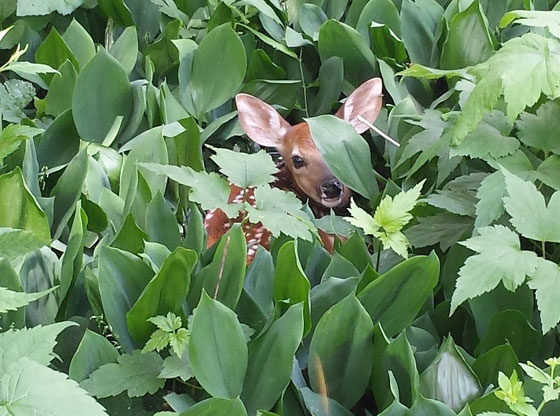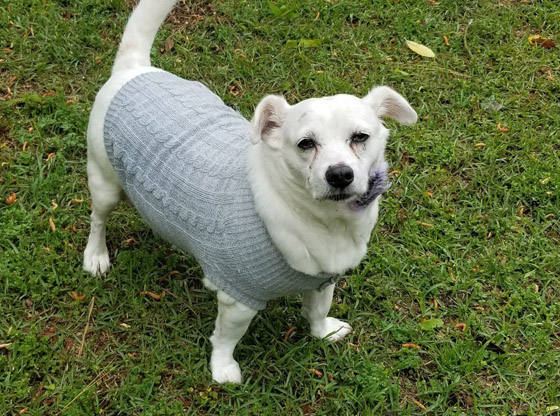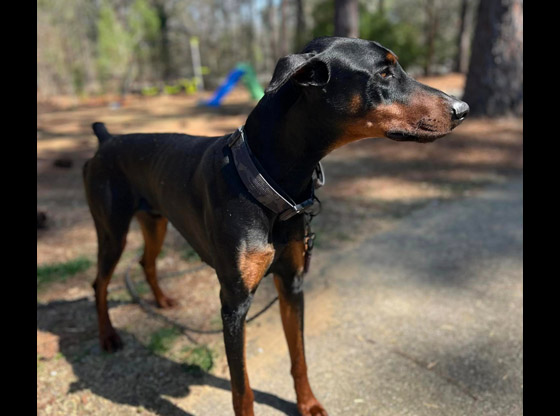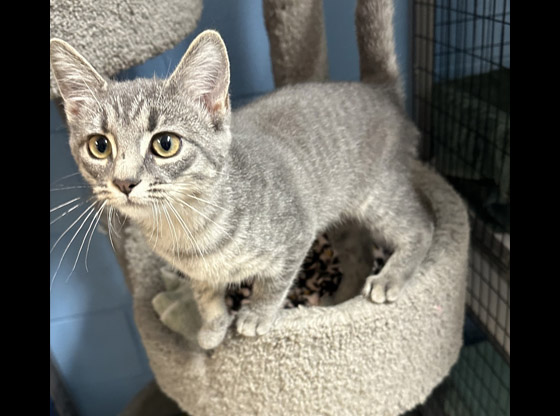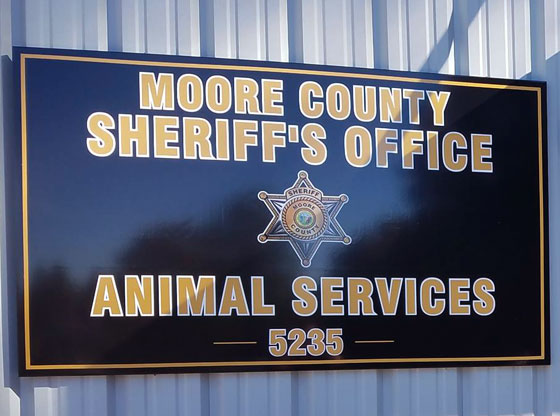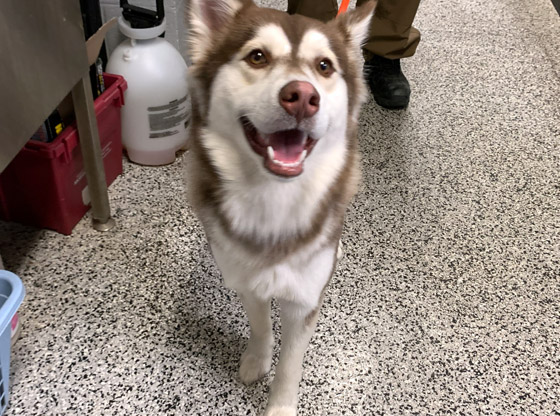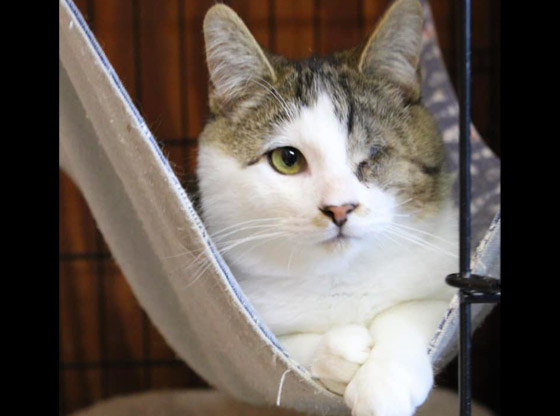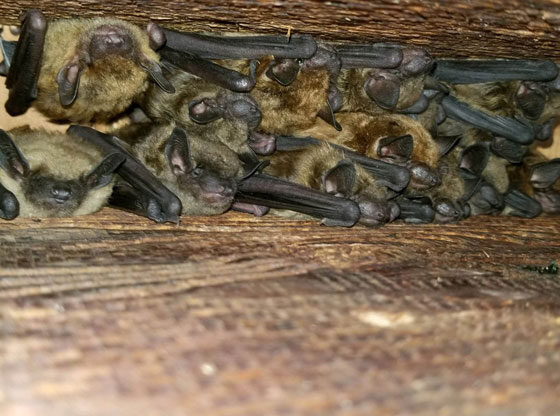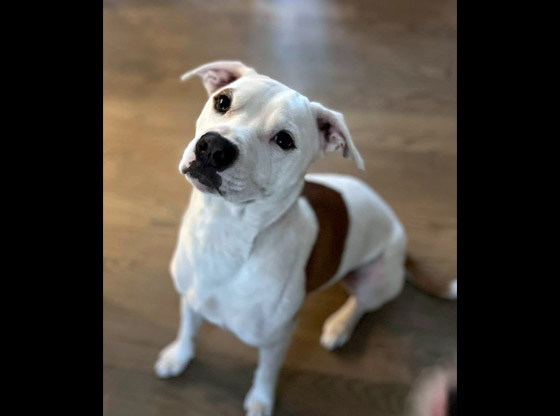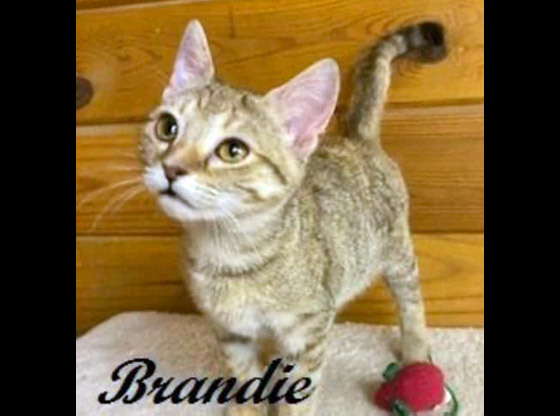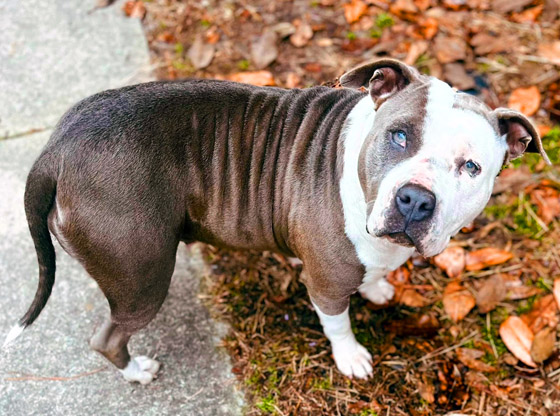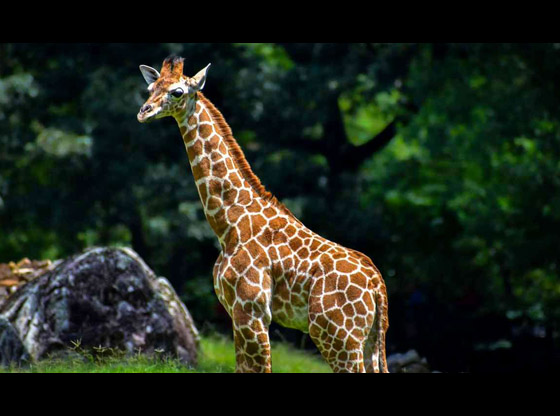With spring comes a profusion of newborn and young wildlife, from fawns and fox kits, to newborn rabbits and nestling songbirds. As COVID-19 keeps people at home more than usual, sightings of these and other young wildlife have increased, as have the calls to the N.C. Wildlife Resources Commission’s Wildlife Helpline.
“Look but don’t touch, unless absolutely necessary,” said Falyn Owens, the agency’s extension biologist and one of several wildlife biologists who field calls from concerned citizens who think they have found an abandoned or imperiled young animal.
“In almost all instances, young wildlife should be left alone,” Owens said. “More often than not, the mother is nearby and will return when she feels safe to do so.”
Deer, in particular, use a “hider” strategy for the first two or three weeks of their life. At the doe’s signal, fawns instinctively go find a quiet place to lay down and stay put. There they will stay, usually for several hours, while the doe ventures away to feed. Fawns have a dappled coat and no scent, so they hide easily in the underbrush, making it difficult for predators such as coyotes and bobcats to find them. Fawns also grow quickly. By the time they are a week old, fawns can usually outrun a human, and by the time they are 6 to 8 weeks old, they can escape most predators.
If you find a fawn that is calm and appears uninjured, leave it where it is and check on it the following day. If it is still there and bleating loudly, appears thin or injured, or has visible diarrhea — it might truly be orphaned. In this case, do not take it out of the wild, but rather contact a local licensed fawn rehabilitator.
“If you do take a fawn out of the wild, but it has been less than 48 hours, please take it back to where you found it,” Owens said. “A doe will usually try to find her missing fawn for about 48 hours before she gives up. If more than 48 hours have passed, or you have tried to feed the fawn, contact a fawn rehabilitator as soon as possible.”
Rabbits
Fawns are not the only ones that survive by hiding from predators. Newborn rabbits spend their first few weeks hiding in plain sight, in shallow, dirt nests among clumps of thick grass, under low-growing shrubs, or in the middle of open lawns. Nests can be hard to spot, often resembling piles of messy grassy or even dead patches of grass. Like deer, the female rabbit will leave her kits while she wanders off to forage, only visiting for several minutes a day.
“We get a lot of calls from people who think they’ve found an abandoned nest of rabbits, when in fact, the kits are just fine and quietly waiting for the mother rabbit to return,” Owens said. “If the kits appear to be healthy and unharmed, the best thing you can do for them is to cover up the nest and walk away. The mother will not return until you have left the area.”
Songbirds
Biologists also receive a lot of calls about young songbirds this time of year, as birds start nesting in the spring.
Knowing the difference between a nestling and a fledgling can help you make the right decision if you see one on the ground. Nestlings are not yet fully feathered and are too young to survive outside of their nest for long. On the other hand, fledglings have left the nest, have their feathers, and are able to walk, hop or fly short distances. They too are being cared for by the parents — but typically at a distance.
“If you find a nestling out of the nest, place it back in the nest as quickly as possible, if you’re able to find it,” Owens said. “If the entire nest has fallen, you can place it back in the tree.”
Fledglings, however, should be left alone in most cases. “Think of them like teenagers learning how to drive; they have to practice and are going to be a bit awkward at first, before they get the whole flying thing down pat,” Owens advises. They have outgrown the nest, and are learning how to survive on their own, so unless they appear to be injured and aren’t in any immediate danger, leave them to it.
“If there are cats around or the fledgling is in immediate danger some other way, move it to a safe perch several feet from the ground nearby. “Its parents are likely off searching for food or waiting nearby for you to leave the area.”
Leave Wildlife in the Wild; It’s the Law
Leaving young wildlife alone is not only part of being a responsible steward of nature, but it is also the law.
“Taking a fawn — or most wild animals for that matter — out of the wild and into your possession is illegal,” Owens said. “We know that people mean well when they want to help what they think is an ‘abandoned baby.’ However, handling a wild animal, particularly a young one, usually does more harm than good. The chances that a young wild animal will survive for long in the care of humans is pretty slim. Even those that stay alive long enough to be released usually lack the skills to survive on their own.”
Owens stresses the importance of never feeding immature wildlife, which often does irreversible harm to the animal. Each spring, wildlife rehabilitators take in a lot of young that are malnourished, have severe bowel distress from being given the wrong foods, or are even injured from improper feeding. “When in doubt, contact a professional before you do anything,” she advises.
And don’t worry if you touch a fawn, immature rabbit or bird. “It’s a myth that wild mothers will reject their young if they smell human scent on them,” said Owens. “As long as the young are returned to where they were found as soon as possible, they should be fine.”
If you suspect a young wild animal is truly abandoned, injured or otherwise in need of help, contact a licensed wildlife rehabilitator for advice.
For questions regarding human interactions with foxes or other wildlife, visit ncwildlife.org/have-a-problem or call the Commission’s Wildlife Helpline toll-free at 866-318-2401. The call center is currently open Monday through Friday (excluding holidays) from 8 a.m. to 2 p.m.
Feature photo: Look but don’t touch young wildlife. In almost all instances, young wildlife, like this fawn, should be left alone says Biologist Falyn Owens with North Carolina Wildlife Resource Commission who took this photo.
contributed


